There’s no better way to introduce children to the whimsy of language than onomatopoeic words.
A staple of the comic book form and, of course, children’s literature, these words sound just like the thing they’re describing, making them super fun to say, write, and think about.

Students can use onomatopoeia to spruce up their stories or poetry, give lyrics a catchy earworm quality, punctuate their oral recitations, or simply express themselves more fully, and today, we’ll be listing 56 fun examples to get them started.
1. Sizzle
Picture food in a hot pan… what can you hear alongside this imagery? A sizzling sound, right?
This awesome word tells the reader or listener that something is very, very hot, but more than that, as an onomatopoeic word, it immerses the recipient in the description.
You could say that bacon is sizzling on the stove, or that it was a sizzling hot day.
2. Pop
Pop is an absolute classic — think chestnuts roasting, popcorn, the popping of a cork, a popping balloon. It’s like a baby “BANG!!!”.
Of course, some things that pop won’t make a sound, such as a blister, but most of the time, this is a highly sensory word that can really take your descriptions to the next level.
3. Bang
Following Pop, we have its noisier cousin, “bang”, which can be applied to almost any loud, short noise, such as gunfire, a falling piano, or a small explosion.
When using this loud descriptor, consider the dynamics of the surrounding language. For instance, juxtaposing it with quiet words such as “hush” or “silence” will emphasize its impact.
4. Clank
Clank is sort of like a bang in terms of resonance, or the lack of which anyway, but it’s a very particular sort of bang, indicative of the materials making the noise.
For example, the sound of two wrenches knocking into one another in a bag could be described as a clanking.
A metal gate slamming shut is another good example of a clank in action, as is the sound of an old car struggling to ascend a hill.
Essentially, any act involving the striking of metal against metal can be assigned this word.
5. Boom
Boom is the bigger brother of bang — If a gun goes bang, then a bomb goes BOOM!
Boom is a fantastic word to use to describe the sudden rolling of thunder during a storm. It suggests a certain depth in terms of pitch and often a slightly longer sustain than a bang.
6. Thump
Thump has a lot in common with boom, but where boom is bold and resonant, a thump is dull. You can kind of think of it as a padded-out boom.
If you hit a cushion, it will make a thumping sound. It indicates a heavy strike, with a low, short, slightly softened noise.
7. Wham
Wham is almost entirely synonymous with thump, but it implies a slightly sharper rather than blunt impact.
It might also suggest less of a cushioned impact. For example, a door could wham, or be whammed, shut.
It’s a favorite of early comic books, as it has more of a sentence-stopping impact, as in… “She walked to the door and then – WHAM! – she left the building.”
8. Splash
Imagine the sound you make when you jump into a big swimming pool — A great big SPLASH!!!
The sibilant and soft consonants of this word mirror the sonic qualities of displaced water perfectly, so you can use this and related words to create a sense of realism in your work, especially if you’re setting a rainy scene!
9. Moo
Many don’t realize, but the words we use to imitate animals are also onomatopoeic, with the cow’s moo being a classic example.
However, that’s not to say you should only use this word to describe the sound of cows.
By using it out of context, you can imply that something is very much like a cow or establish subtextual meanings people can read into.
10. Fizz
Similar to sizzling but with more urgency and hiss, fizz is a super fun word to use in written or spoken activities.
The best real-life example of a fizzing noise is when you open a carbonated drink, but the word can be used more liberally in your writing or speech.
A science experiment, for instance, might fizz, or if a character is particularly excited, you might suggest that their enthusiasm is fizzing over.
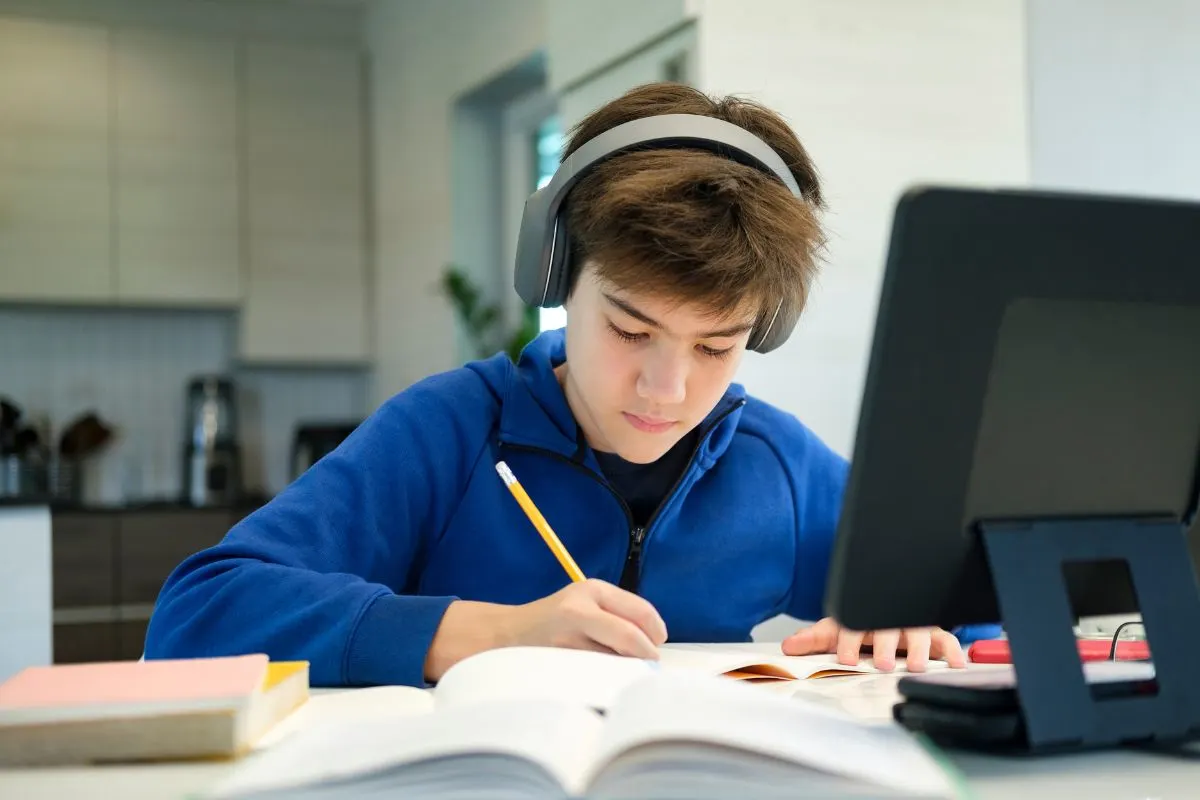
11. Whir
There’s a soft mechanical element to a whirring, like the droning of an electric fan in the summer heat, but any noise between a hum and a buzz can be described as a whir.
A bird’s wings might whir, as might a distant river.
12. Ribbit
Here we have another animal-based onomatopoeia, this time belonging to the humble frog… ribbit!
This sound effect can make a dynamite addition to a spoken piece, especially if you’re willing to put on a croaky voice to really embody the frog in your story.
13. Ka-boom
Like wham, ka-boom is often used interjectionally in a sentence, but in terms of sound, it shares far more in common with boom.
Where the ka prefix came from is unsure.
Still, as it’s a common addition to onomatopoeic words, we can assume that the initial unstressed syllable is ancillary, used to emphasize the primary syllable that follows.
14. Achoo
Achoo is a fantastic word.
The first syllable imitates the sudden intake of breath before a sneeze, while the second imitates the ferocious expulsion of air during a sneeze.
Sometimes, it’s less clunky to simply use the word “Achoo” than it is to explain that someone was sneezing. It’s snappier, more realistic, and more direct!
15. Clap
Clap is an immensely versatile onomatopoeia.
It’s commonly used as a verb, as when we clap our hands together, but it’s also an adjective that describes the sound of two flat surfaces colliding with force.
16. Bop
A bop indicates a friendly strike, as in with a fist or blunt object. Like thump, the tonal character of bop is quite dull and muted, but it suggests a much lighter touch.
That said, bop can also be used to undermine the severity of a heavy strike for comic effect.
17. Gulp
Throw a “gulp” into a suspenseful situation to take the tension to new heights and communicate the fear or trepidation of the character under pressure.
You can also use it to break the tension of a scene in a comical manner.
18. Quack
The throaty muttering of a duck on a pond sounds very much like “quack” repeated multiple times.
Using quack in your writing and speech can introduce a more engaging and realistic dimension, one that sees the animals really come to life for the reader/listener.
19. Splat
“Splat” is as satisfying a word to use as a splat is to hear.
You can think of splat as a combination of splash and wham in terms of tonal quality — wet paper towel balls hitting the wall; an overripe apple falling to the ground from the tree.
Implying a mess of some kind, it can help readers and listeners form a mental image of a complex situation immediately.
20. Splish
Splish is usually used as a prefix before splash, giving the reader or listener a more diverse range of watery noises to stir imaginations.
However, it can also be used on its own as a synonym for splash.
For example, you might write something along the lines of, “The plump raindrop dripped from the tree, and splish! — hit him right on the forehead.”
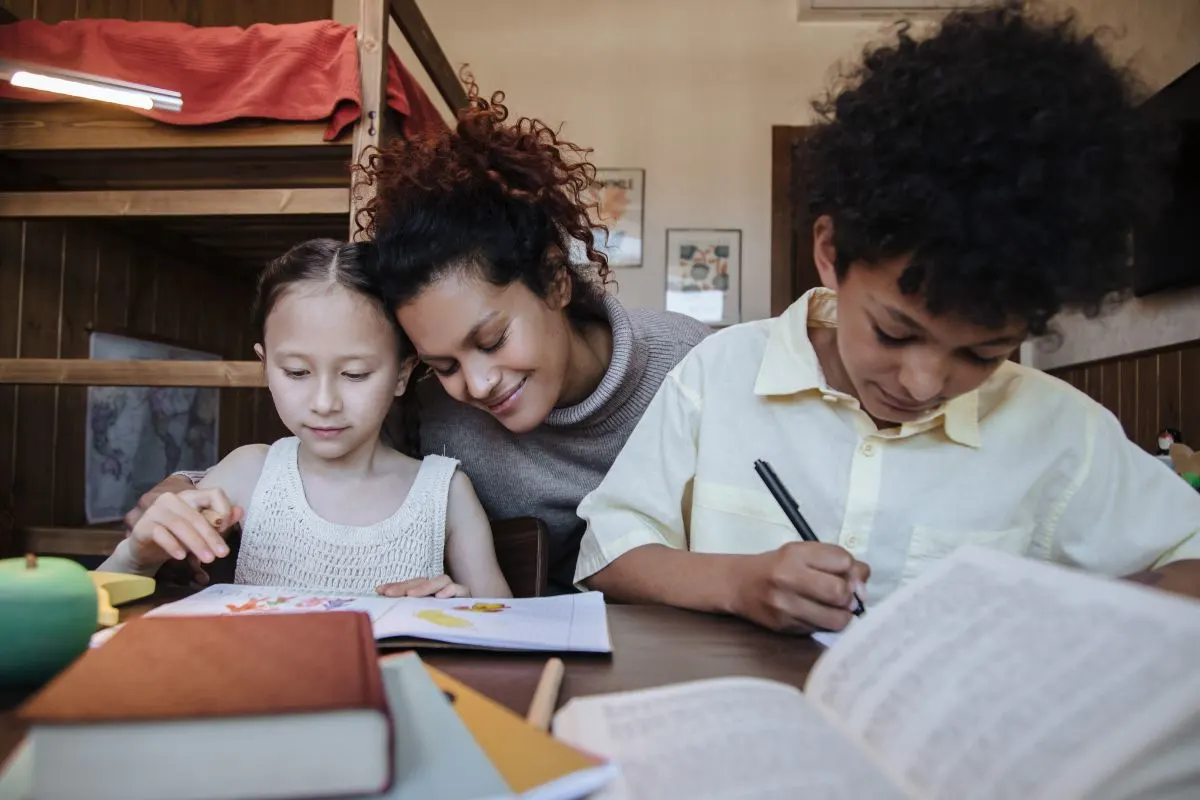
21. Ring
If you want to communicate the sound of a phone or a bell, “ring” or “ringing” is absolutely the best way to do it.
You can almost hear it in your mind’s ear when you read this word, and that’s the beauty of onomatopoeia.
22. Meow
What do cats say? Meow, of course! Here’s a fun fact for you, though.
The onomatopoeic words used to convey the sound of animals can be starkly different from country to country.
For example, according to Koreans, cats say Ya-ong, while in Japan, cats are thought to say Nyān.
23. Beep
Ah, beep, the clamor of the traffic jam, the voice of the microwave telling us our food is ready to eat, the sound of the garbage truck backing up… there’s so much you can relay with this singular word.
24. Smack
Smack is another amazingly versatile onomatopoeia. Unlike thump, which is rather specific, smack can refer to pretty much any hard impact.
In comic books of old, it might illustrate a superhero hitting a bad guy (in the name of justice, of course), but in more traditional writing, it can be applied liberally to describe almost any forceful contact.
25. Roar
Cats go meow, but lion’s… lions go ROAR!!!
But there are many other sounds that have a roaring quality: “The car roared down the road”; “I heard the mechanical roar of the industrial park”; “The roar of jet engines overhead gave me a fright.”
26. Knock
Used to intimate the sound a certain surface makes when struck, knock is the word for you if you’re describing someone rapping on a door or window — It’s like a more wooden-sounding clank!
That said, knock isn’t related to the interaction between inanimate objects exclusively. The shoulders of people might knock in a busy street, or the cat might knock a vase while playing.
27. Gurgle
A very guttural word underscored by a note of wateriness, gurgle is a fantastic onomatopoeia if you’re trying to describe the sound and act of water in pipes, drains, or even flowing from a bottle.
28. Hoot
Hoot most commonly refers to the cry of an owl, but it can be used in a plethora of creative ways to make your work more funny, engaging, and dynamic.
For instance, you could say that the moviegoers hooted with delight when the hero defeated the villain.
29. Crackle
Crackle is a fun word to say and a joyous sound to hear.
It brings to mind the incendiary nature of fireworks and sparklers, the sound of a roaring fire on a winter’s eve, or the sonic artifacts of old vinyl records.
This one’s a real mood-setter, so be sure to use it when the time is right!
30. Argh
Argh is one of the best ways to show a character’s annoyance, or, if they’re a pirate, just the way they speak. It’s very expressive so can be used to say a lot with very little.

31. Boing
In a literal sense, boing has a metallic quality due to its relation to the compression and subsequent decompression of a spring, but it can be used more liberally than that.
Figuratively, it could apply to anything that bounces.
32. Waaah
Waah describes a crying sound, but be careful how you use it, as it also implies infancy.
For example, describing the cry of a hungry baby waiting for their bottle with a “waaah” is appropriate, but describing the cry of a grown adult as a “waaah” can be a little demeaning.
33. Howl
Howl is of course the onomatopoeic representation of a certain noise made by canines, particularly wolves beneath a full moon!
But it’s a word with quite a lot of emotional and descriptive range, so don’t feel you can only use it when writing or speaking about wolfies and doggos.
34. Creak
Need to introduce a spot of spookiness to your work? Dynamic words like creak can help you build an ominous atmosphere and engage the senses.
Picture the steps creaking as someone explores an old house that may or may not be haunted, the creak of doors opening along the corridors as if by themselves, the creaking of low voices in the air though they’re alone — Brrrr, we’re getting chills just writing about it!
35. Oink
As we’re sure you’re aware, oink is the word we associate with the grunts of pigs!
However, much like meow, the representation of this noise can differ dramatically depending on the location.
In Wales, for instance, pigs go Soch, Soch, and Japanese pigs say Buhi, Buhi. In Spain, they say Kurrin, Kurrin, and in the Netherlands, they say Knor, Knor.
36. Clang
You can think of clang as a louder, resonant clank.
A clang could be the sound of a bell ringing, or two sizable pieces of metal striking one another before suddenly moving apart.
See, in order for something to make a clanging noise, vibrations have to be able to run freely along it, so it must be, to a certain degree, suspended in the air, away from things that might exhaust said vibrations.
37. Tick
A very short, punchy word and sound, tick usually has a temporal aspect, likely because of its association with clocks, but any sound reminiscent of the ticking of a clock can be described as a tick.
38. Tock
Tock is the yang to tick’s yin. Together, they suggest a more detailed clock noise, even if it’s not scientifically correct.
In reality, clocks only make one noise at one pitch, but our brain’s like to organize noises into sequences with a sense of musicality, tricking us into thinking clocks are making two distinct pitches one after the other.
39. Hiss
We all associate a hissing sound with snakes, so using this word may just send a shiver down the spine of the reader or listener.
However, it can also be used to illustrate anything notable for an extended sibilance, such as the hiss of a garden hose.
40. Slurp
If someone is taking a big, noisy sip of their drink, they’re slurping.
It’s a great onomatopoeia to use for characterization, as slurping is associated with youth, greediness, unawareness, or rudeness.
Although, sometimes, a good slurp is inevitable. If you’re finishing a bowl of soup, for instance, or if a cup of tea or coffee is too hot to gulp.

41. Crack
A crack is like a very sharp, piercing smack, the likes of which you’ll hear when a tree branch snaps or during a storm when forks of lightning strike overhead.
42. Thud
A thud is like a thump with a deeper, more aggressive sound. It can be used to emphasize the prominence of a thing, act, or sound, as in… “She could feel her heart thud in her chest.”
43. Jingle
If you mention jingle, people will instantly hear the jingle of sleigh bells and other light, tinkling noises.
It could be the jingle of loose change in a pocket or even the jingle of Christmas ornaments on a tree.
44. Bonk
In our opinion, the perfect example of a bonk is when you tap someone on the head with an empty plastic bottle. It’s sort of like a bop with a more comical sonic quality.
It can be used more generally, though, to describe the colliding of cars, heads, people… you name it.
45. Buzz
Bees are the buzziest things we can think of, but this onomatopoeia can also apply to flies, the vibrating of phones, the crackle of electricity pylons, or the sound of lawnmowers in the distance.
46. Clunk
If two things clunk, it means they collide with significant force. This word brings to mind the sound of bottles or cans hitting one another.
47. Plop
If something too small to cause a big splash falls into water, it instead makes a plopping sound, which involves a minor, localized water disturbance that settles almost immediately after submersion.
48. Swoosh
Imagine a basketball player sinking a shot with the ball touching the rim.
That’s the perfect example of a swoosh sound, but there are many other reasons to use this word in your work.
Any movement that generates a soft swirling, brushing, or rustling sound can be described as swooshing, as can the sound itself.
49. Chirp
While we mostly associate chirping with small birds, any short, sharp sounds can be described as such.
50. Whoosh
Whoosh is similar to swoosh but with a bit more oomph and a lot more volume. For example, a large amount of water or air rushing can be described as whooshing.
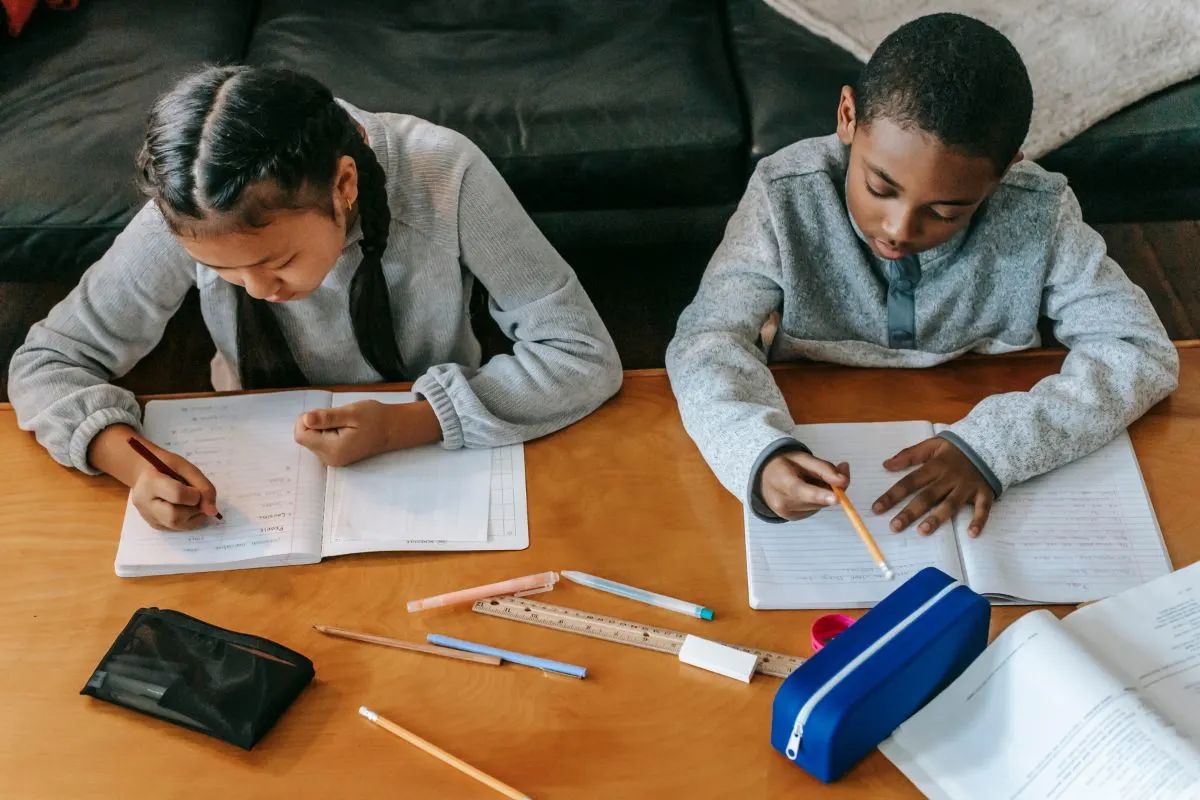
51. Poof
Associated with a disturbance or eruption of smoke, poof often scores the disappearance of something during a magic trick, but it can also refer to the fast expulsion of air from an inflated object.
52. Vroom
Vroom is a word reserved for describing the roar of machinery, especially motors of vehicles traveling at great speed.
53. Whirl
When the wind lifts fall leaves into the air in a spiral, it makes a whirling sound, but any rapid spinning motion can be described as whirling as well.
54. Pow
Pow is another awesome impact word made popular by old-school comics.
55. Crash
Use crash to describe a noisy or serious collision.
A car crash is the first thing that comes to mind when hearing this word, but it could also refer to something along the lines of glass hitting a hardwood floor.
56. Zap
Zap has an electrifying quality, an immediacy.
It can be used in a sci-fi context where futuristic weapons are concerned, or simply when electricity passes through something.
Final Thoughts
There you have it — 56 super fun onomatopoeia examples kids will love sinking their creative teeth into in both written and spoken assignments.
When used correctly, these words can bring a wealth of sensory information to the table, thereby creating a more immersive experience for the reader or listener.
In short, onomatopoeia is a way to say more with less, as the language is descriptive on multiple levels, and your students will love experimenting with it!
- Homeschooling In High School: Pros And Cons - February 24, 2024
- How Do I Withdraw My Child From School To Homeschool? - February 23, 2024
- How To Not Go Crazy Homeschooling Kids: A Guide For Frazzled Parents - February 22, 2024



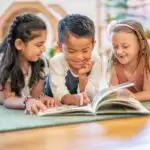

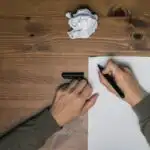


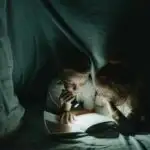
Leave a comment